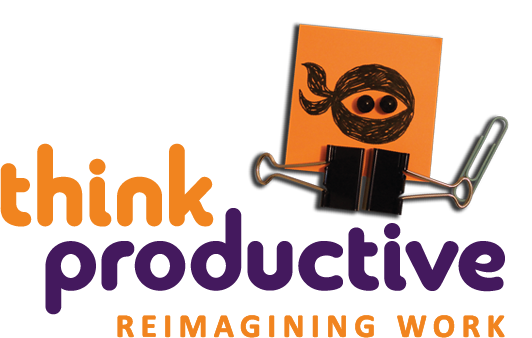Procrastination is one of the biggest obstacles to productivity and personal well-being. Whether you’re delaying important work, putting off personal projects, or struggling with motivation, understanding why procrastination happens and how to tackle it can help you become more effective and in control of your time.
🎥 Watch the full Ninja Skill Booster session here:
Surprisingly, about 88% of the population struggles with procrastination, with students being particularly prone to it. But why do we procrastinate?
Why We Procrastinate: The DUST Model
Procrastination often stems from specific triggers, summarised using the DUST model:
- Difficult – When a task feels too complex or challenging, it can be tempting to avoid it altogether.
- Undefined – A lack of clarity about what needs to be done can lead to hesitation and inaction.
- Scary – Anxiety, fear of failure, or fear of judgment can prevent us from starting.
- Tedious – If a task is boring or repetitive, we’re more likely to delay it.
Understanding these triggers is the first step in overcoming procrastination.
Strategies to Overcome Procrastination
1. Practise Mindfulness
Being aware of your emotions and thoughts can help you recognise procrastination as it happens. By observing your reactions without judgment, you can take steps to reframe your mindset and focus on progress instead of avoidance.
2. Use a ‘Second Brain’ to Organise Tasks
A Second Brain refers to a structured system (such as a planner, digital app, or to-do list) that helps you prioritise tasks, reduce mental clutter, and stay organised. Breaking tasks into smaller, manageable steps can make them feel less overwhelming.
3. Leverage Intrinsic and Extrinsic Motivation
Motivation comes in two forms:
- Intrinsic Motivation – This is driven by personal goals, passions, or a sense of accomplishment.
- Extrinsic Motivation – This relies on external factors such as deadlines, rewards, or accountability from others.
By recognising what motivates you, you can use both types strategically to get things done.
4. Eat the Frog – Tackle the Hardest Task First
Inspired by the famous quote, “If it’s your job to eat a frog, it’s best to do it first thing in the morning,” this technique encourages you to start your day with the most challenging task. Once you get past the hardest hurdle, the rest of your day will feel easier and more productive.
5. Use the Pomodoro Technique
The Pomodoro Technique involves working in short, focused sprints of 25 minutes, followed by a 5-minute break. This approach helps maintain concentration while preventing burnout, making it easier to stay on track without feeling overwhelmed.
Final Thoughts
Procrastination is a common challenge, but it doesn’t have to hold you back. By recognising the triggers that cause delays and implementing practical strategies like mindfulness, structured organisation, and time management techniques, you can take control of your productivity and well-being.
Start small, be consistent, and watch as your ability to stay focused and get things done improves over time.
🚀 Ready to stop procrastinating? Implement these strategies today and boost your productivity like a true Ninja! Check out our upcoming workshops to dive deeper into productivity techniques and take control of your time!






















